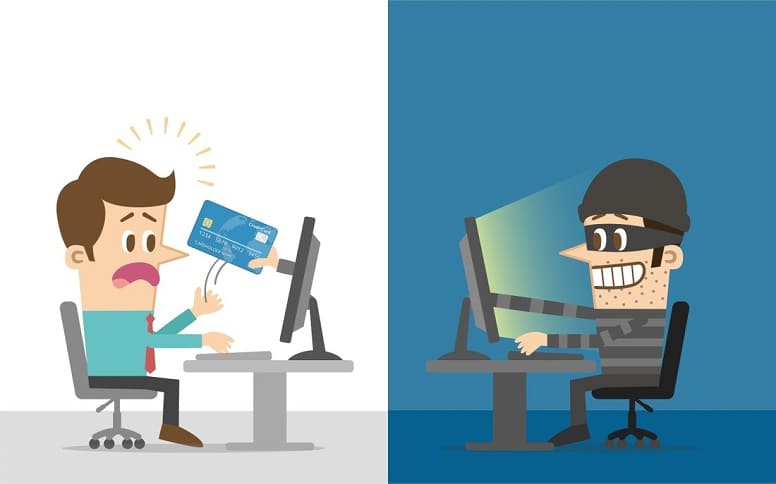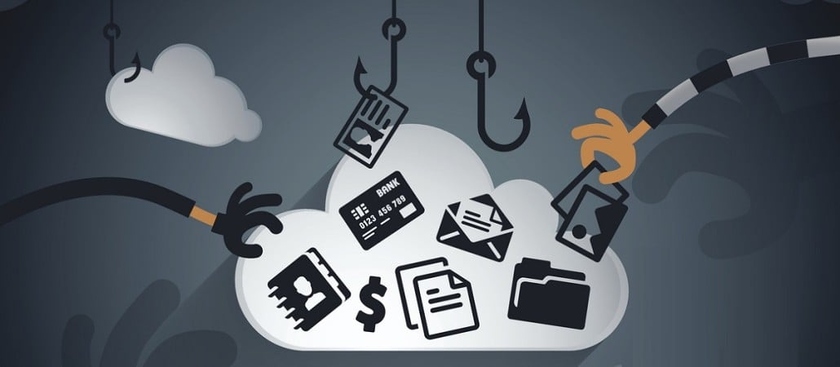Tag: Closed Door Security
-
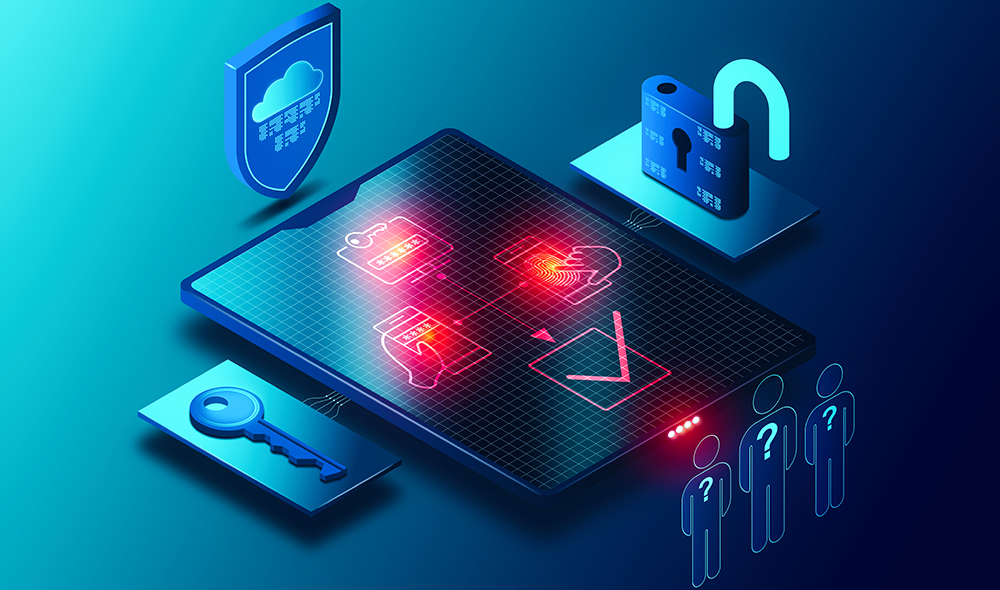
Multi-factor authentication exhaustion attacks and how to stop them
Multi-factor authentication (MFA) is an effective security measure that can protect organisations from unauthorised access to their systems and sensitive data. However, attackers have found ways to circumvent this security measure through a technique known as multi-factor authentication exhaustion attacks. Multi-factor authentication exhaustion attacks involve repeatedly attempting to authenticate to a system with different combinations
-

Cyber security awareness: Why it is important, best practices, and how to educate employees about cybersecurity
Cybersecurity awareness is essential for protecting individuals and businesses from online threats. As technology continues to advance, cyber attackers are becoming more sophisticated and the risks associated with cyber attacks are increasing. The first step in cybersecurity awareness is understanding the risks. Cyber attacks can take many forms, including phishing scams, ransomware, and malware. These
-
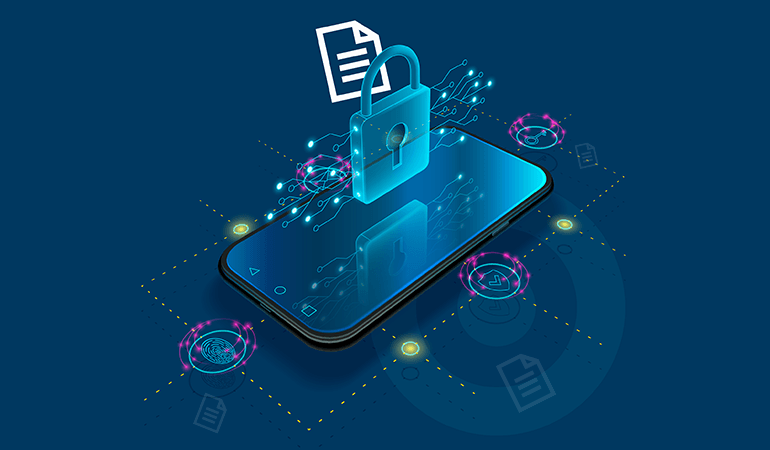
Mobile device security: Understanding the risks and best practices for securing mobile devices
Mobile devices have become an integral part of our daily lives, and as such, they contain a vast amount of personal and sensitive information. This makes them a prime target for cybercriminals. Mobile devices can be vulnerable to a range of attacks, including malware, phishing, and hacking. One of the main reasons mobile devices are
-

Data breaches: Causes, prevention techniques, and the importance of incident response plans
Data breaches are becoming increasingly common in today’s digital age. A data breach occurs when an unauthorised individual gains access to confidential or sensitive information. These breaches can lead to identity theft, financial loss, and damage to an individual or organisation’s reputation. It is essential to understand the causes of data breaches, prevention techniques, and
-
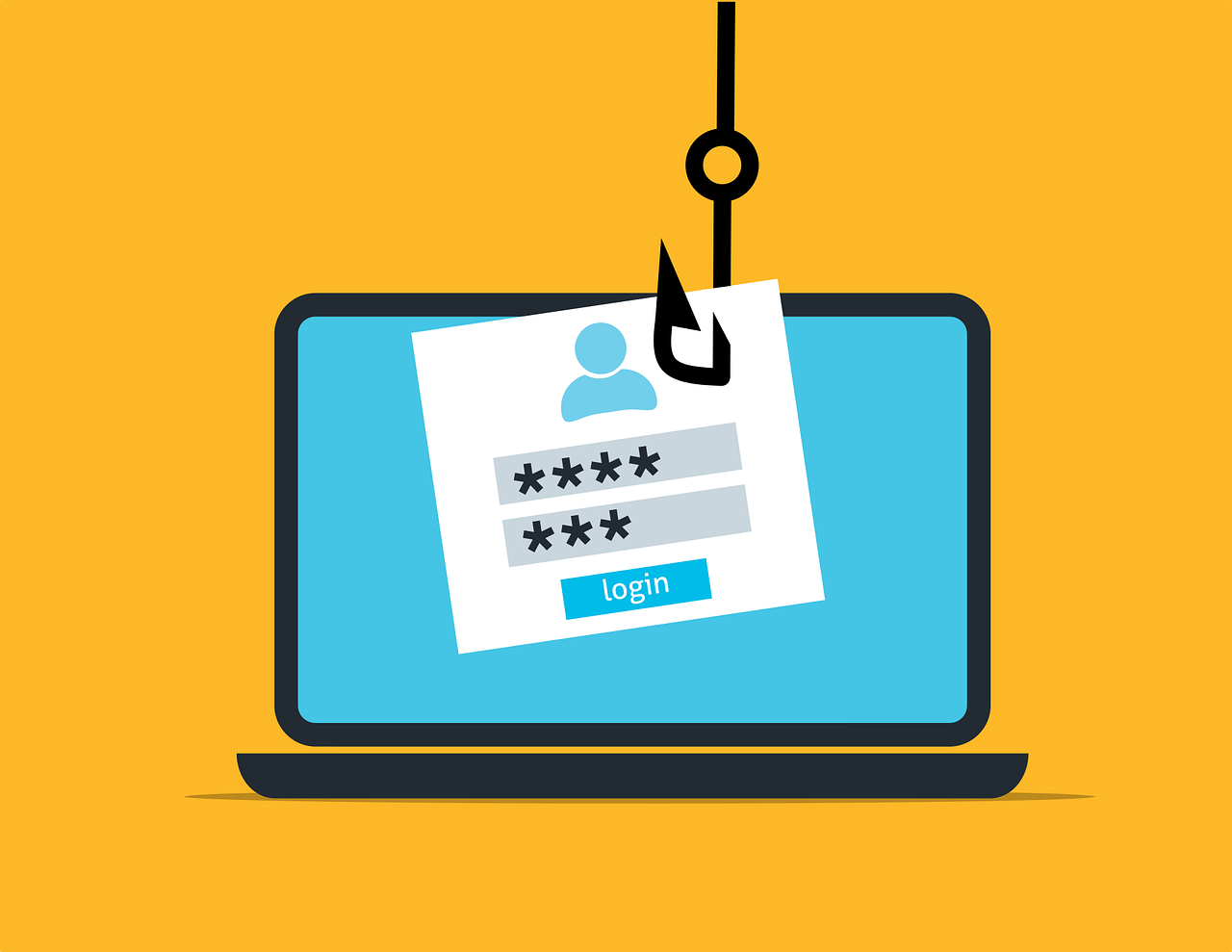
Password security: Tips for creating strong passwords and secure password management
Passwords are a critical component of security in the digital world. They are used to protect personal and confidential information from unauthorised access. However, many people fail to create strong passwords, leaving their accounts vulnerable to hacking and identity theft. In this essay, we will discuss tips for creating strong passwords and secure password management.
-

Insider threats: Types, detection techniques, and how to minimise the risks
Insider threats refer to the risks posed by individuals who have authorised access to an organisation’s systems and data. While external threats are often the focus of cybersecurity efforts, insider threats can be just as dangerous and potentially devastating. There are several types of insider threats, including unintentional, negligent, and malicious. Unintentional threats arise from
-
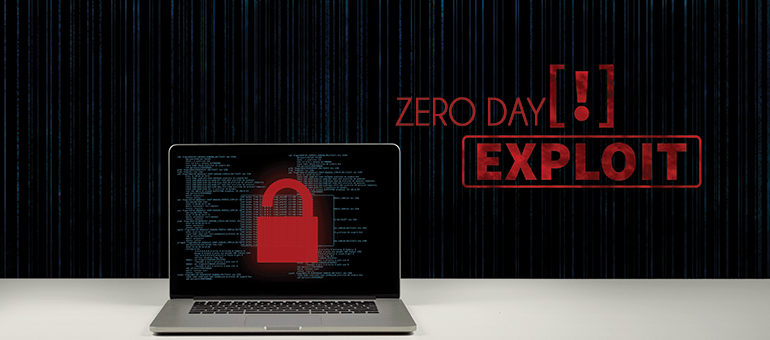
Zero-day exploits: What they are, how they are discovered, and how to prevent them
Zero-day exploits are one of the most significant threats to cybersecurity today. A zero-day exploit is a type of vulnerability in software or hardware that is unknown to the vendor and can be exploited by attackers. The term “zero-day” refers to the fact that the vulnerability is being exploited on the same day it is
-
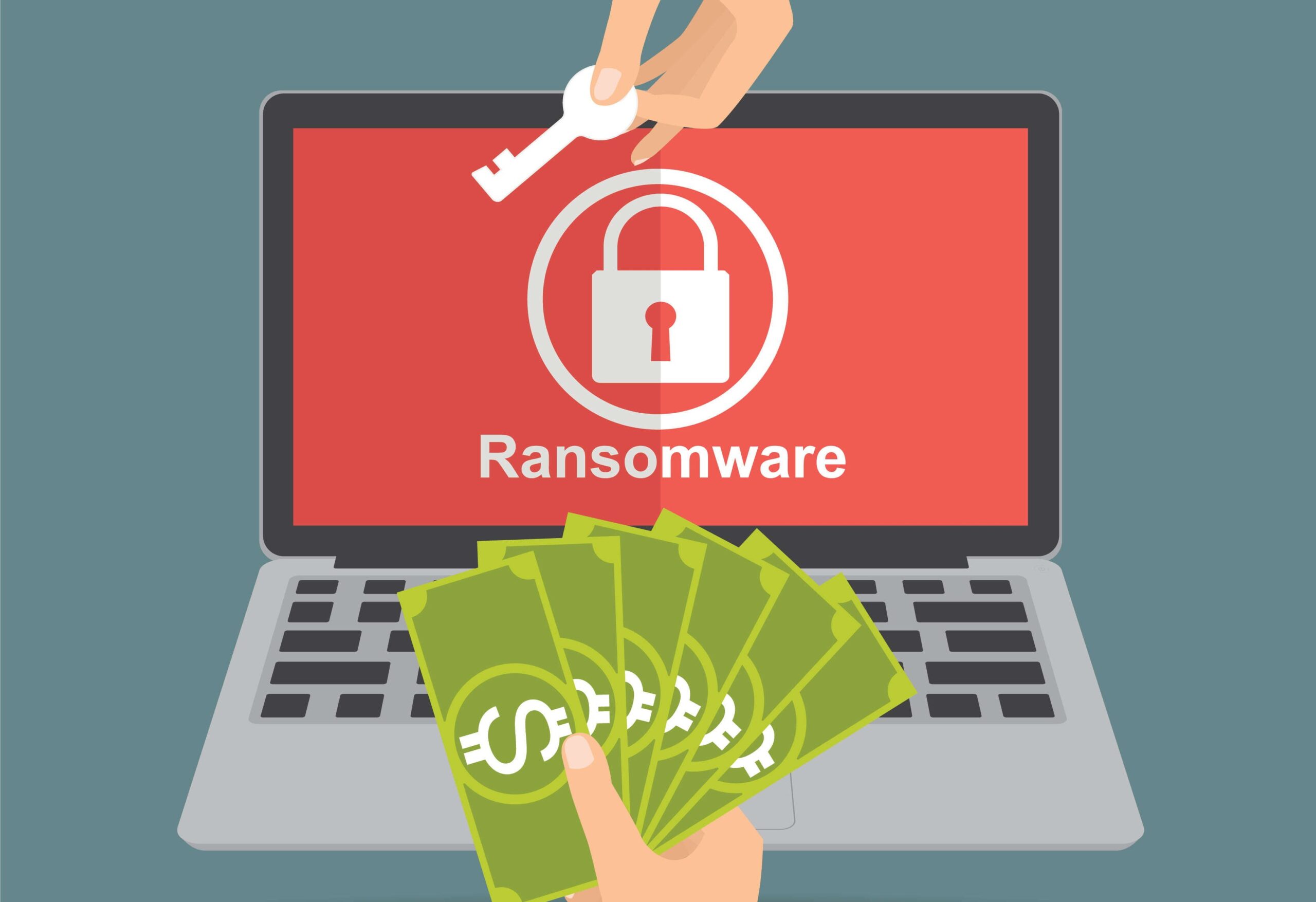
Ransomware, cyber attack, malware, prevention strategies, encryption, data security
Ransomware is a type of malicious software that infects computer systems and blocks access to files until a ransom is paid. It has become an increasingly popular form of cyber attack in recent years, with businesses and individuals falling victim to its devastating effects. Understanding the different types of ransomware and implementing effective prevention strategies
